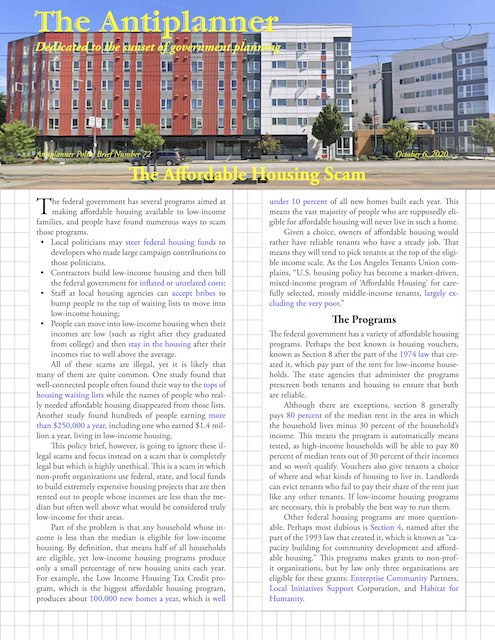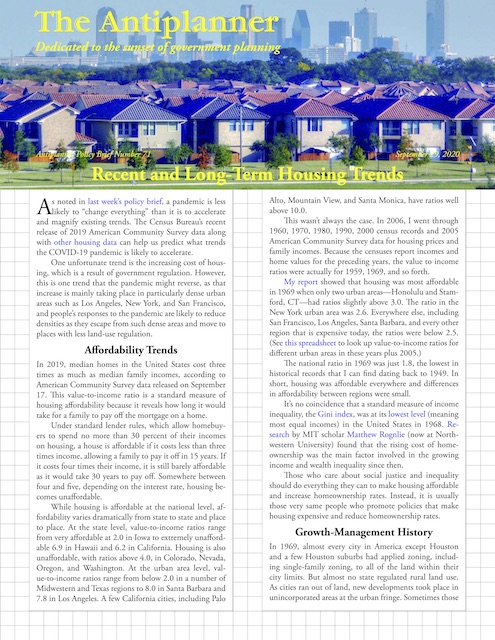Electrifying the commuter trains between San Francisco and San Jose not only cost $2 billion, it will increase the cost of operating those trains by 33 percent. When seeking federal funding for part of the capital cost, local officials called the route “overburdened” and said that electrification would increase capacity. Today, the route is carrying just 6 percent as many riders as it did before the pandemic, and since it is likely that many of those passengers will never return, the new capacity probably isn’t needed.
As I’ve previously noted, the real reason California wanted to electrify the train was as a hidden subsidy to the San Francisco-Los Angeles high-speed trains. Those trains needed to be electrified and if the cost of doing so could be counted against the commuter trains it would make the high-speed rail project look less expensive than it really was.
The problem with that was that the state had promised to run trains between San Francisco and Los Angeles in two-and-two-thirds hours, which would require faster trains than the commuter trains. Since 220-mph trains can’t safely run on the same tracks as 50-mph trains, the original plan was to build brand-new high-speed rail tracks between San Jose and San Francisco. Cost overruns and revenue shortfalls made that impossible, so California officials came up with the idea of running the high-speed trains on the same tracks as the commuter trains, which would make it impossible to run them fast enough to keep the promise of SF-LA run times of 2:40. Continue reading









